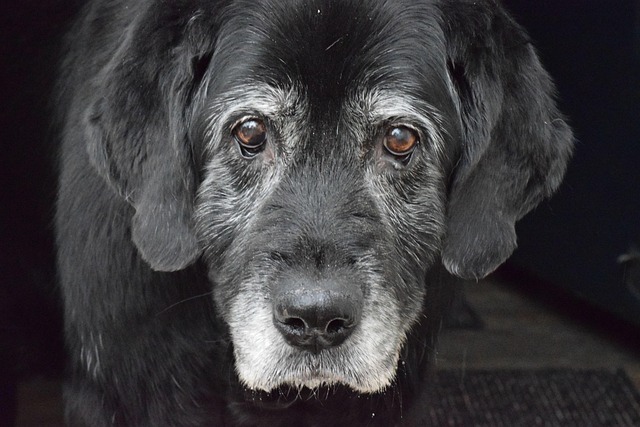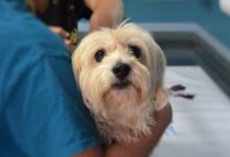If your older dog has started having “senior moments” — maybe suddenly forgetting a trick she’s known for years or seeming confused in familiar places — you might wonder whether it’s more than just aging.
You may have even asked yourself: Can dogs get dementia?
The answer is yes. Dogs can develop a condition called canine cognitive dysfunction, often referred to as doggy dementia, and those subtle changes in behavior may be early signs.
What Is Canine Cognitive Dysfunction?
Canine cognitive dysfunction (CCD) is an age-related, progressive decline in brain function. In many ways, it mirrors Alzheimer’s disease in humans, affecting memory, learning, and awareness.
And while it’s heartbreaking to imagine your dog experiencing this, it’s more common than most pet parents realize. Studies show that about 60% of dogs over 11 exhibit signs of cognitive decline — though many go undiagnosed.
Signs Your Dog May Have Dementia
Symptoms of CCD can appear gradually and may look like normal aging at first. Common signs include:
- Forgetting previously learned commands or tricks
- Getting “stuck” in corners or behind furniture
- Not responding to her name
- Aimless wandering or pacing
- House-soiling despite previous training
- Reduced interest in normal activities
- Excessive sleeping
If you’re noticing several of these behaviors, it’s important to schedule a vet visit. Your veterinarian will review your dog’s health history and may recommend diagnostic tests — such as blood work, a urinalysis, a CT scan, or an MRI — to rule out other medical issues and confirm CCD.
Treatment Options for Dog Dementia
Receiving a CCD diagnosis can be emotional and overwhelming. But many dogs with cognitive dysfunction can still enjoy happy, comfortable lives — especially with early intervention.
While there is no cure, treatments are aimed at slowing progression and improving quality of life. Depending on your dog’s needs, your vet might recommend:
- Prescription medications, such as Anipryl
- Dietary supplements, like omega-3 fatty acids
- A therapeutic diet designed for cognitive support
Beyond medical treatment, lifestyle adjustments can make a big difference in helping your dog feel secure and less confused.
How to Support a Dog With CCD
Creating a predictable, safe, and accessible environment is key. Consider:
- Establishing a consistent daily routine for meals, walks, and sleep
- Avoiding rearranging furniture so she can navigate familiar paths
- Providing easy access to toileting areas (including indoor options if needed)
- Pet-proofing the home to protect her from stairs or fall hazards
These changes help reduce anxiety and confusion, making daily life easier for your dog — and for you.
Living With a Dog With Dementia
Caring for a dog with CCD can be challenging, but it can also deepen the bond you share. With patience, structure, and the right medical guidance, many dogs continue to enjoy a full and loving life.
At the end of the day, helping her feel safe, supported, and cared for is what truly matters — and that’s what being best friends is all about.











